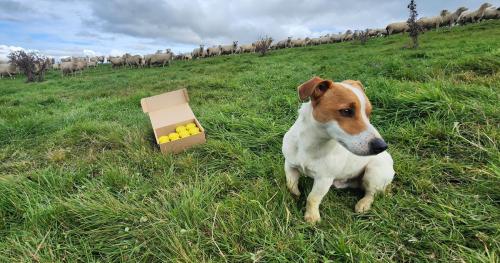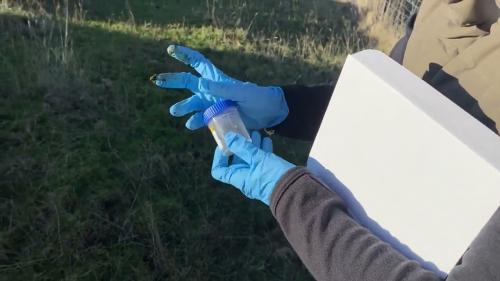Search results
Displaying 31 - 40 results of 141

- News… Beef + Lamb New Zealand applauds Government's $8.3 million commitment to combat Facial Eczema Impacts …

- News… Call for more farmers to join B+LNZ study to help tackle facial eczema …

- Podcast… Eliminating facial eczema's impact: episode one with Dr Suzi Keeling …

- VideoWe want your sheep poo: the collection process …

- FactsheetUsing genetics to improve the health of a flock …



